“If you don’t use it, you lose it.”
Have you ever been around a group of kids and thought to yourself, “I used to be able to move that way…”? Well, it wasn’t just time that altered how well you can move; it was also the conversation that you had with your body during that time. Every moment of every day, we are communicating how we want our body to function through movement, posture, and external forces. In turn, our body adapts to become ideally set for those circumstances. If you do not perform a specific movement, your body will take the availability of that movement away. It’s very efficient at this, as it does not want to expend unnecessary energy. Unfortunately, a lot of us are unaware of this discussion, and so our body adapts in ways that are less than ideal.
The evolutionary perspective on health breaks this idea down with three simple questions: What were we naturally selected to do? What are we doing? (Right now, you’re probably sitting in a chair reading this.) On a daily basis, how do we compensate for not doing what we’re naturally selected to do?
For roughly a decade, while I sat in a chair playing video games, I unintentionally told my body that I want tight hip flexors and weak glutes. As soon as I began my movement practices, I found my unconscious requests had been granted. Maybe you had a similar conversation with your shoulders, or perhaps, with your wrists as they sit in flexion from the keyboard, driving, and using your cell phone throughout the day.
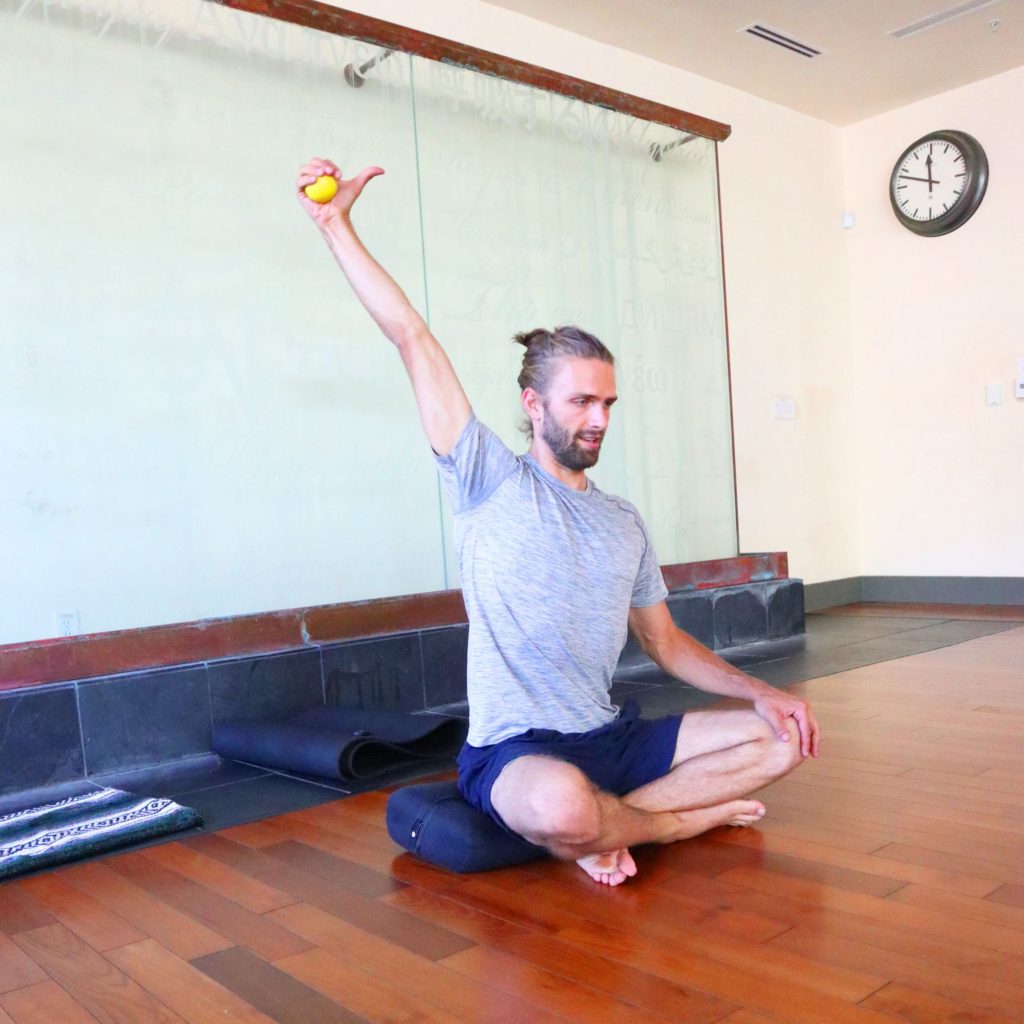
But here’s the good news: The conversation for healthier joints can begin at any time. How to start that positive conversation is with Controlled Articular Rotations (CARs) – a basic concept with more profound meaning and intelligence beneath the surface. CARs are where you slowly take a single joint through its full range of motion, disassociating movement anywhere else. It seems very simple, but within that, there is a lot of value that materializes.
CARs are a great way to diagnose problem areas, where it’s often unknown that a particular joint lacked articular health in the first place. These rotations are also great for rehabilitating problem areas, strengthening areas of weakness, and stretching areas that display resistance. Additionally, they provide routine maintenance to our healthy joints.
Even if you don’t have a problem, CARs are a great way to sustain health and longevity because the body is always striving to adapt to what you communicate through movement. Regardless of the condition of your joint, there is a useful application of CARs, with one notable exception: know that if you experience pain during this movement, you want to work around that problematic portion, rather than pushing through it. Say you experience pain as you move further and further to the left side of your neck, working on the opposite side can be of much benefit. But, also, now realize that pain is your body telling you something is wrong, and you want to pay attention to that rather than dismissing it. Active stretching techniques and manual release techniques can also provide support to these painful areas.
If you’re looking to increase your joint health, come try any of our Mobility IQ classes at Breathe Together Yoga. If you’re not in the Bay Area, there is a wealth of information on this online.
“Enjoy your body; use it every way you can. Don’t be afraid of it, or what other people think of it, it’s the greatest instrument you’ll ever own.”
Kurt Vonnegut
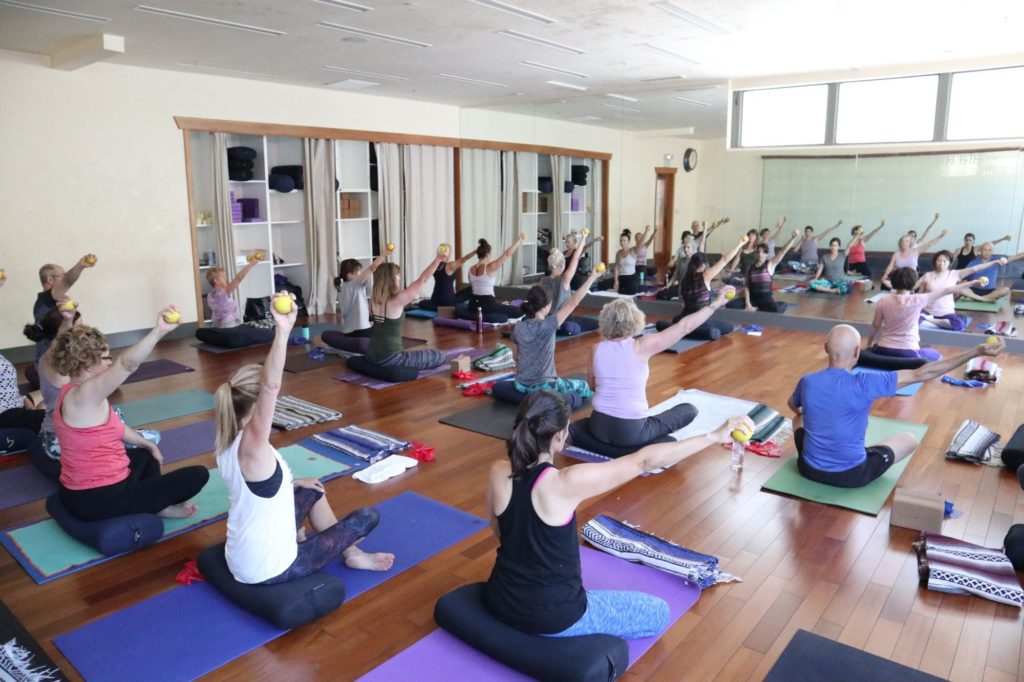

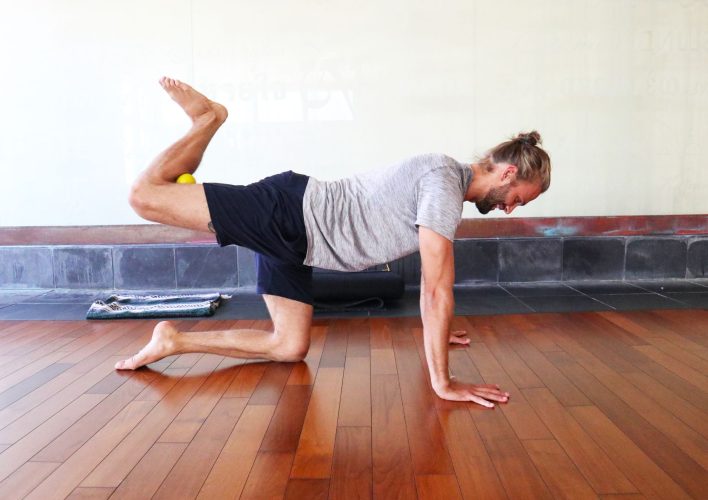








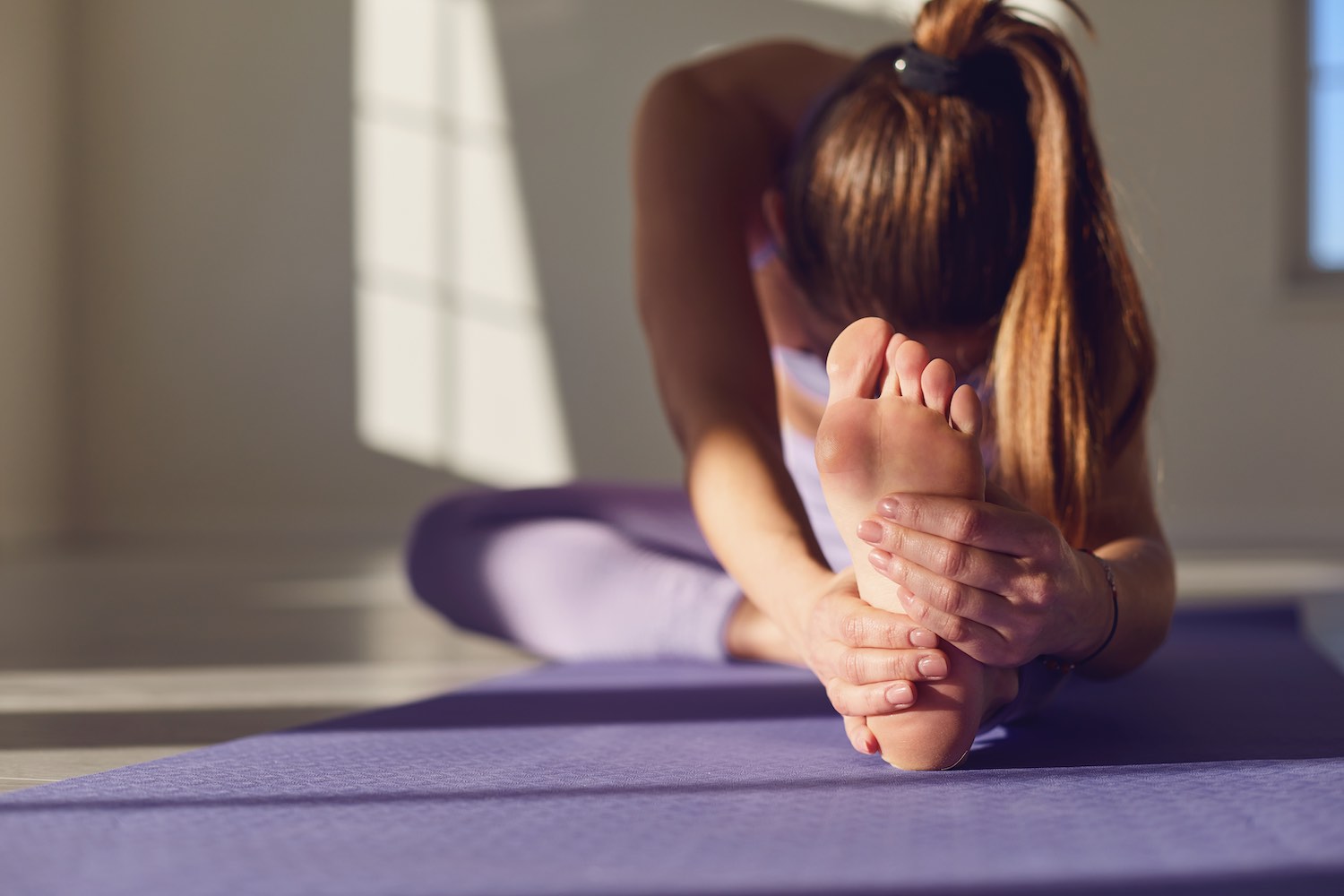
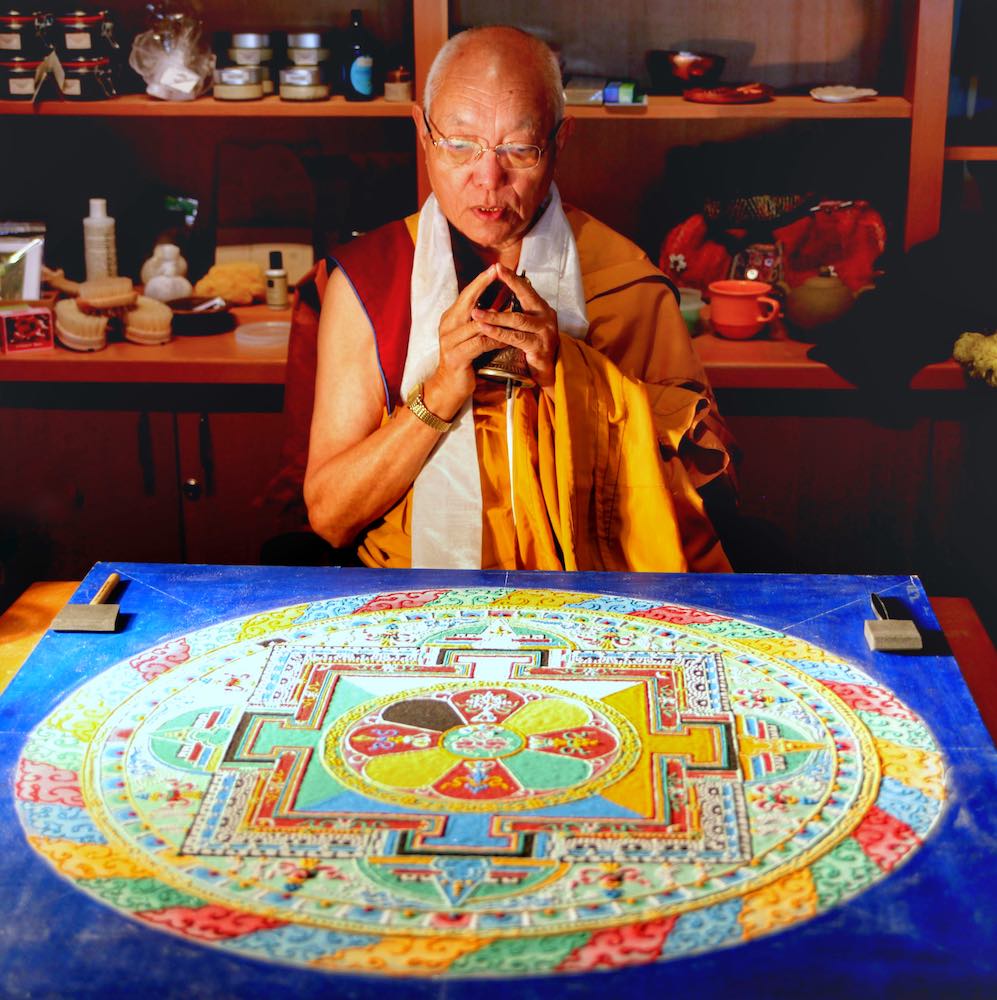
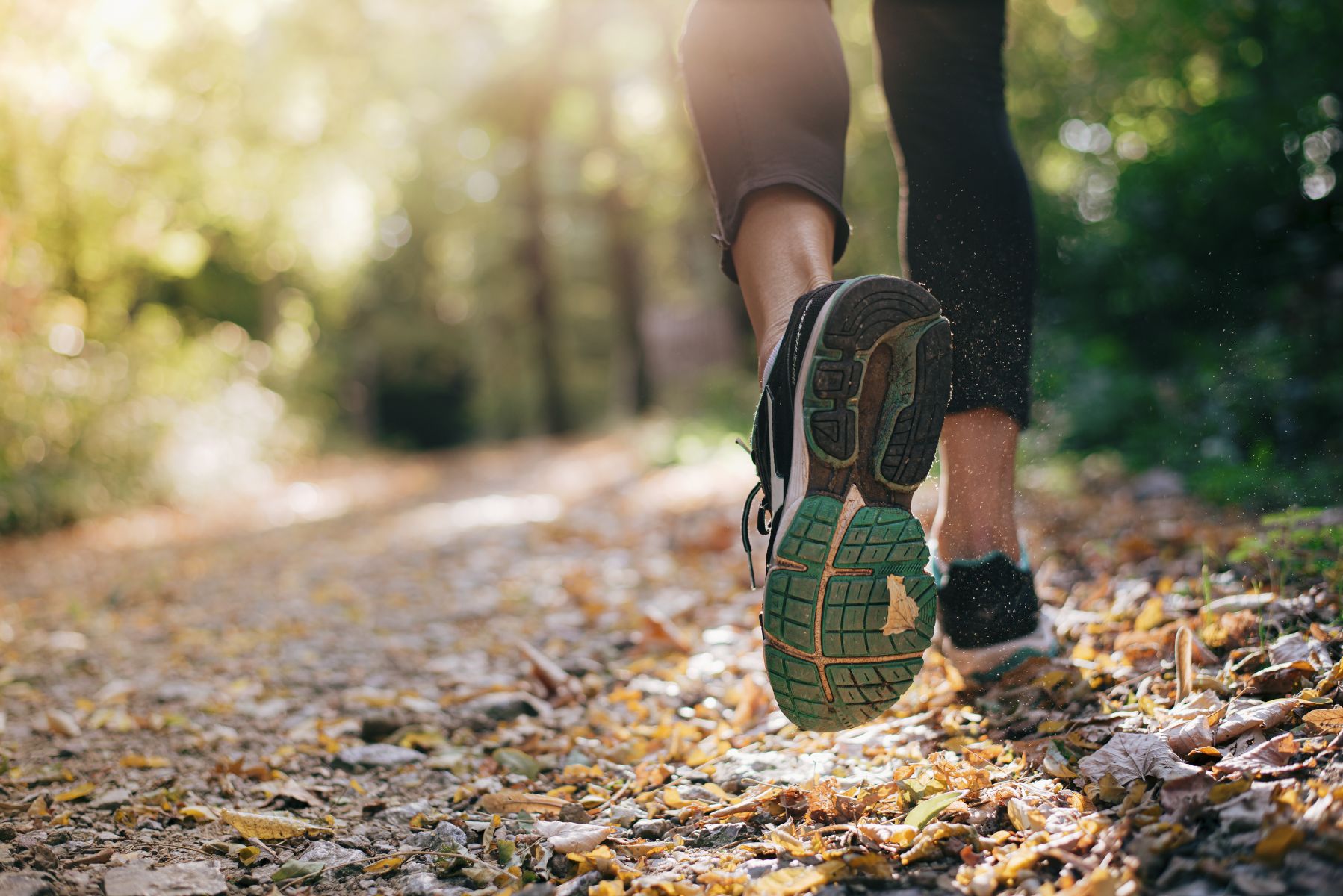


One reply on “How to Increase Your Joint Health”
I had a knee replacement surgery in Oct 2019 and now I need to continue my physical therapy to regain knee flexion and to get rid of the scar tissue. I did physical therapy for abour 6 months and then [had to stop going to the pt place bc of social distancing. Which classes online at Breathe are for Mobility IQ? and what do you recommend I do at home on my own. Im a trade staff member at Breathe.
Namaste
Mary